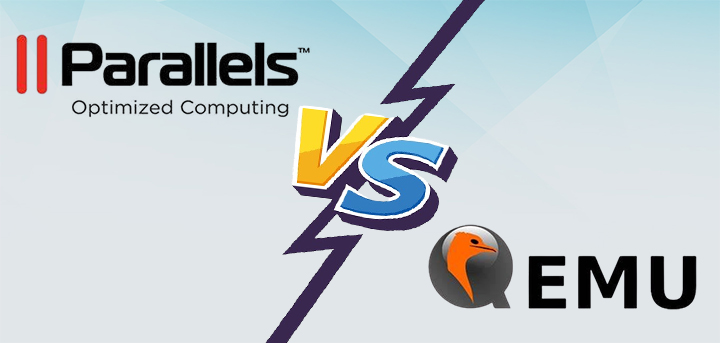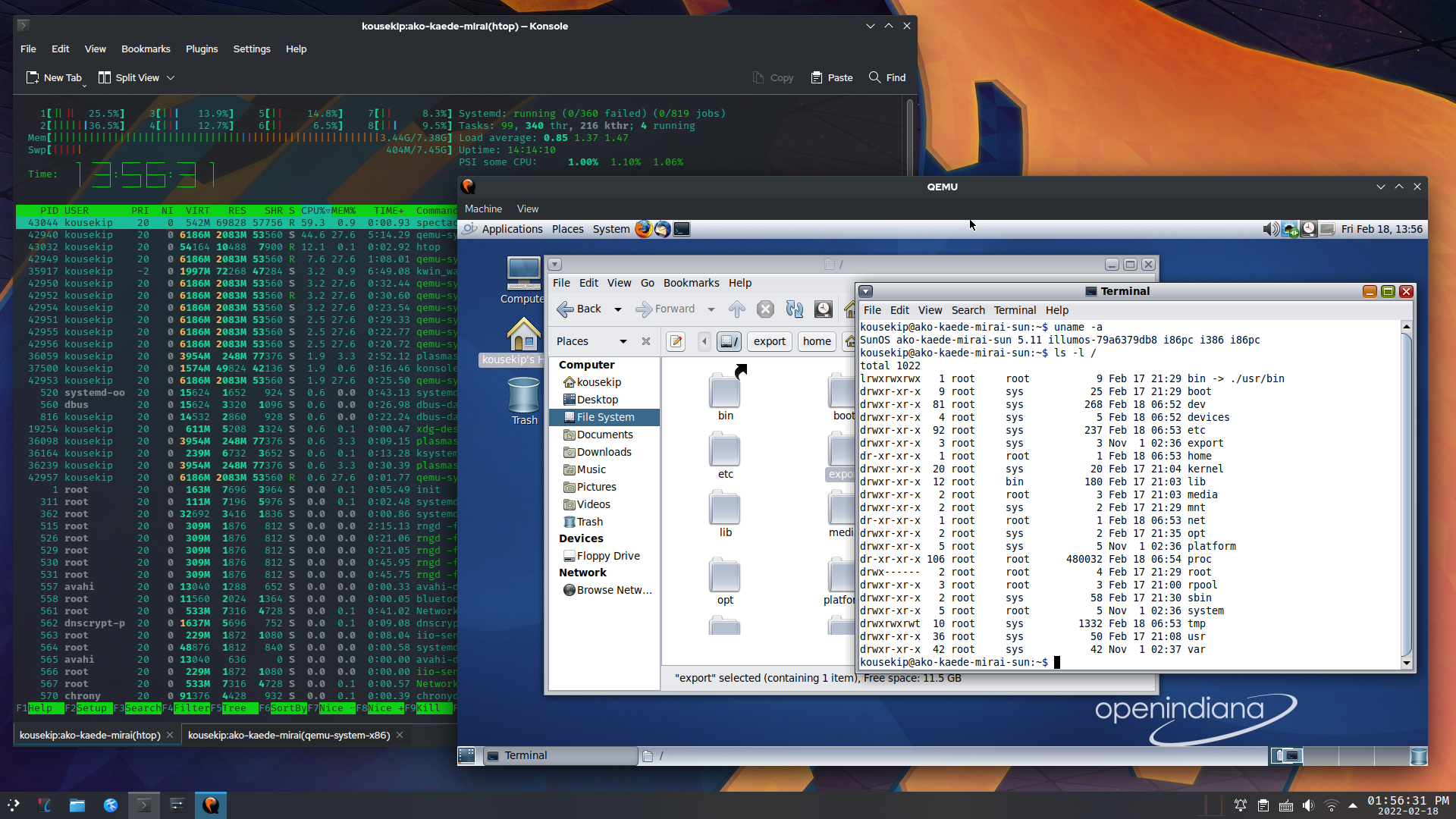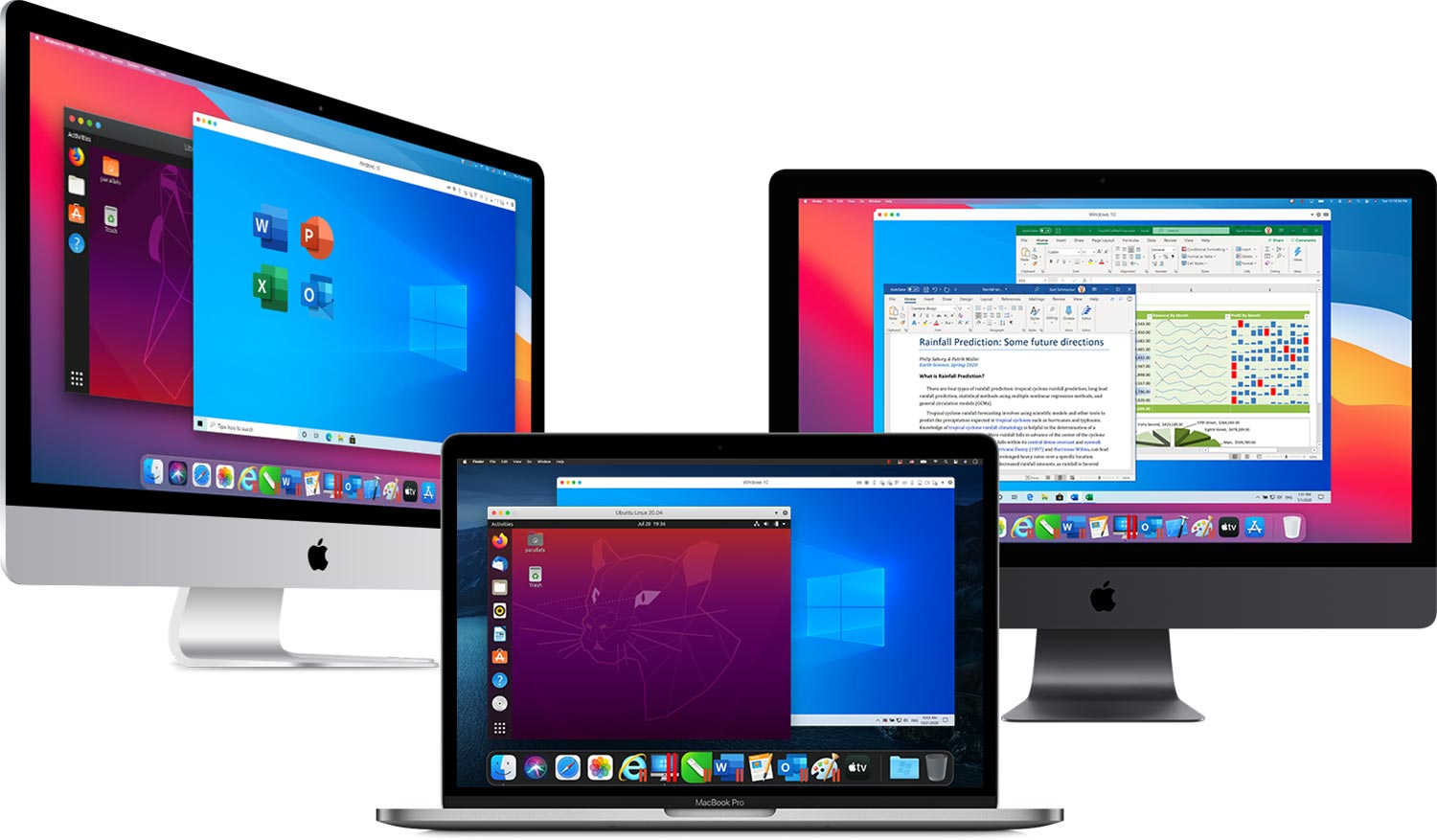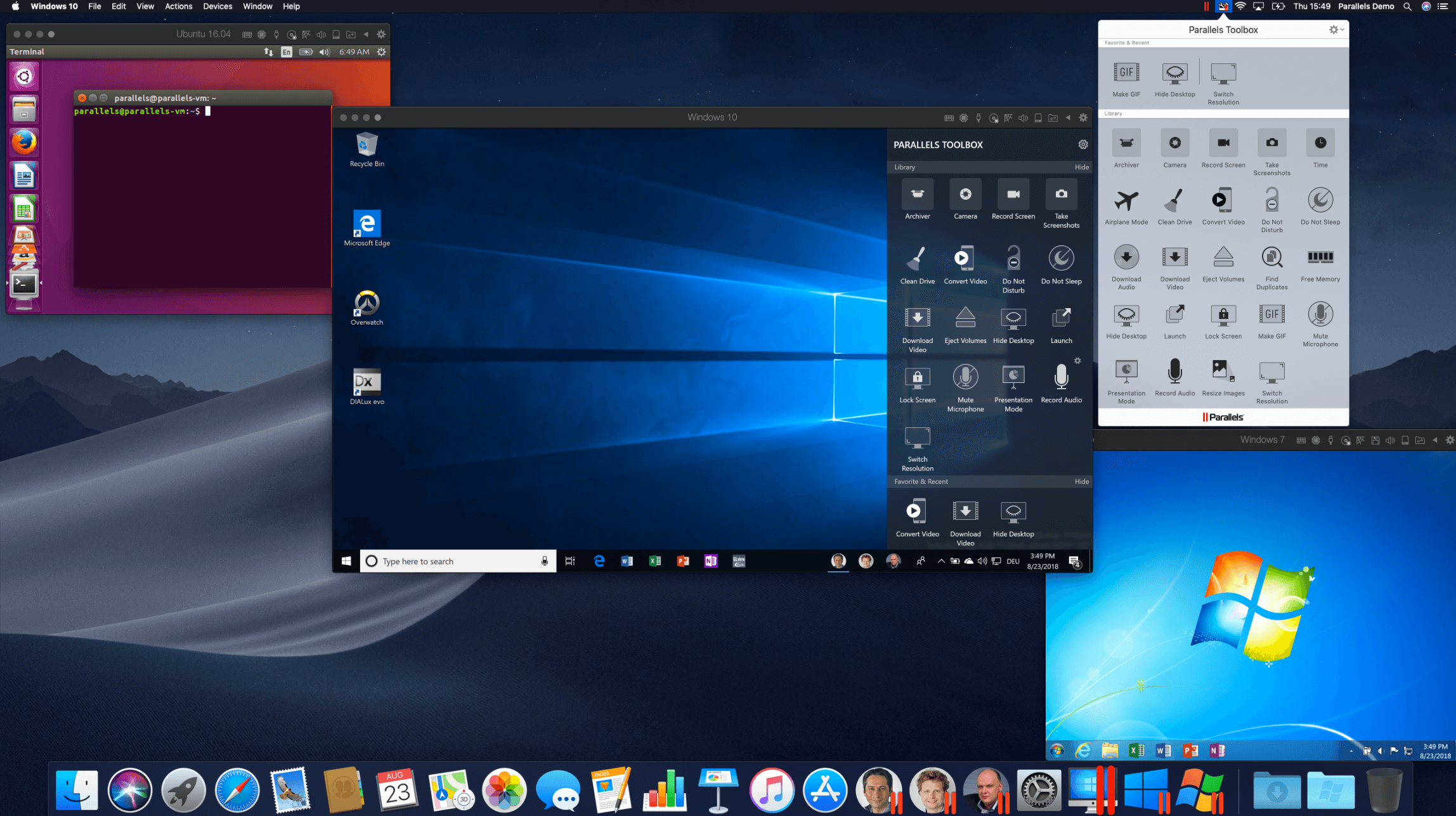In this highly digital era, Various people need various operating software on one device as it is demanded by their working style. So, in the market, there are various software available to allow you to run various operating systems very smoothly. So today, we are going to discuss two prominent software available in the market. Parallel and Qemu are two virtualization software offering an exclusive set of features and benefits. Whether you are a developer, IT professional, or tech enthusiast person, this discussion may help you to make an informed decision regarding choosing the software. So, let’s begin the journey.
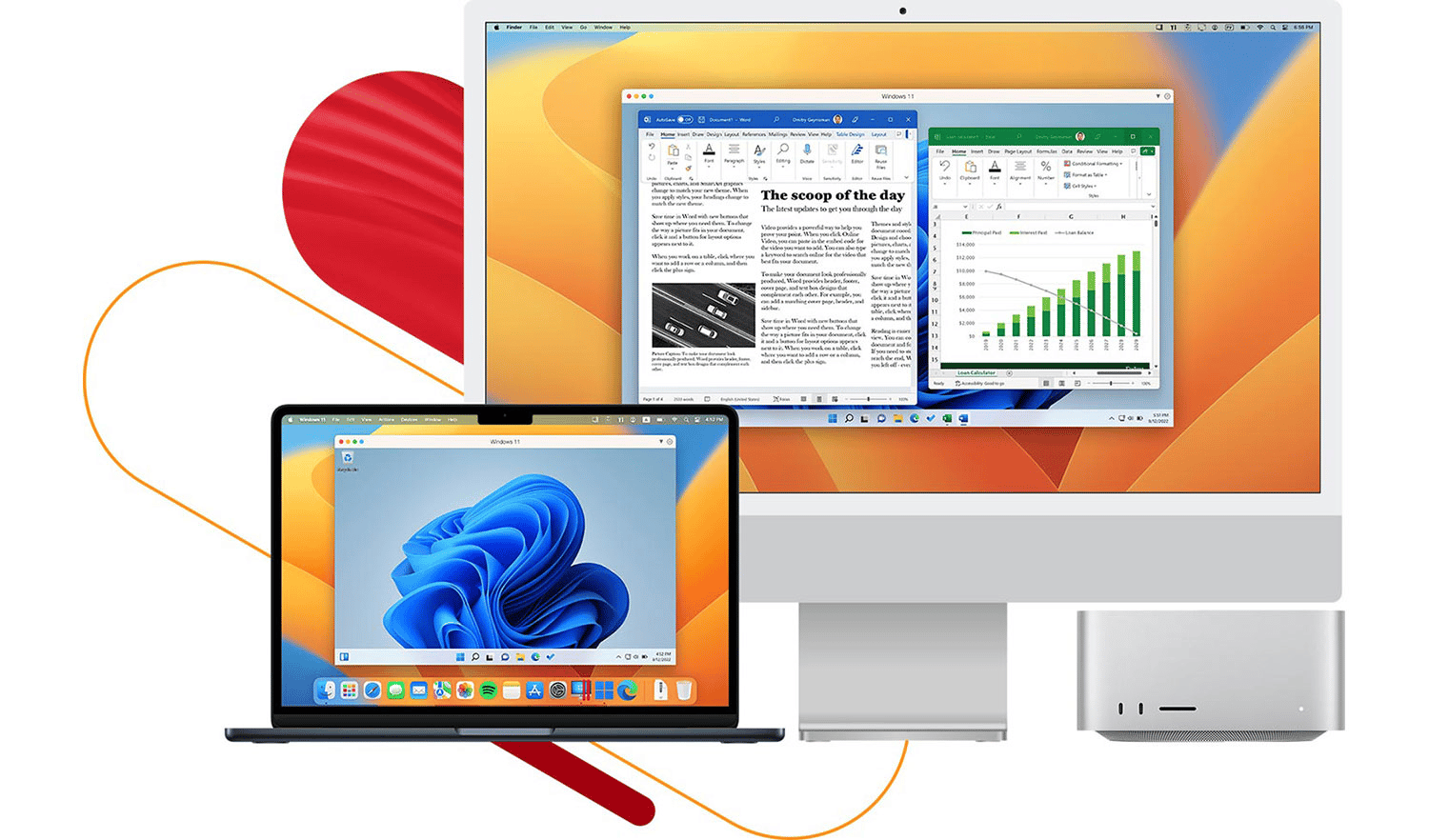
What are Parallels and Qemu?
Parallels Desktop is robust and slick virtualization software designed mainly for MacOS users as it allows them to run various other operation software very smoothly like Windows, Linux, and others. It is well known for high performance, speed, integration with macOS, ease of use, and control without rebooting the devices. It has become the one popular choice for various users due to its high functionalities. Now, on the other hand, if we talk about Qemu, it is an open-source virtualization and emulation tool, that allows you to run various operating software and programs designed for one machine on different devices. Along with availability on various operating systems, it is highly flexible and can emulate various hardware platforms.
Now let’s compare both.
Parallels Vs Qemu: –
Both are virtualization software, but there are certain differences in both platforms which set them apart. Ease of Use: – Parallels Desktop provides an intuitive and user-friendly interface with drag and drop feature, thus it has streamlined and straightforward virtual machine setup and management. As it is specially designed for macOS users, it can easily integrate with macOS. As its setup wizard streamlined the installation and configuration, therefore even non-tech people can use the software easily. While Qemu operates on a command line interface, therefore some technical expertise and configuration are needed, but at the same point of time it provides a high degree of control and customization options and you have to manually configure some aspects as well. Performance and Efficiency: – Due to the Coherence Mode, guest OS applications can easily run without interrupting the Mac applications, therefore it provides high performance and efficiency in providing a seamless experience with smooth integration between both operating systems guest and host additionally it optimizes resource allocation automatically to provide robust performance. On the other hand, if we talk about Qemu, it is more robust virtualization software as it emulates the entire hardware system, its performance varies based on configuration and use of hardware.
Compatibility and Flexibility of the platform: – Parallels is designed especially for MaOS therefore, it offers smooth integration and compatibility with MacOS and it provides seamless support for various guest operating systems especially for Windows due to the presence of the Coherence mode. Qemu is a cross-platform virtualization software, therefore it runs on a vast array of operating systems whether there are modern versions, legacy systems, or experimental operating systems. It provides various customization options for hardware emulation and network setups to serve specific development and testing needs. Integration and Features: – Parallels offers various integration tools like Parallel Toolbox, which is a set of tools to streamline routine tasks, additionally to boost productivity it allows you to take snapshots so that you can easily roll out in case of an issue, and also enables you to share files between both operating software. Qemu has networking features to support you in various networking configurations and network interfaces. It also offers the features of taking snapshots, but it is more manual than earlier platforms. It can easily emulate various devices which make it a suitable option in case of hardware development and testing. Parallels Desktop has various subscription plans with robust customer support via phone, email, and chat. So, it has a great array of knowledge base including documentation and tutorials to get the best use of the platform, it also has an active community forum to share tips, ask questions, and get advice in case of a fix. Qemu is an open-source platform therefore it has a vast array of active community developers, the documentation is also available here but they are more technical as compared to Parallels. In case of a fix, you can take the help of mailing lists, forums, and community channels.
Bottom Line: –
In conclusion, we can say Parallels is a high-performing and user-friendly virtualization software, specially curated for Mac users, and provides uninterrupted integration and support for various pre-configured virtual machines. Whereas Qemu is open source, cross-platform virtualization software, which needs a little bit of technical expertise but has good customization options and supports various operating systems.

